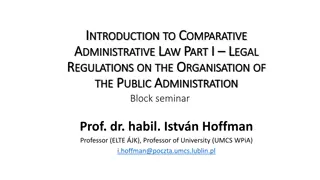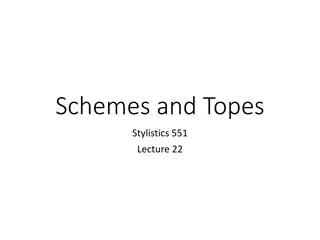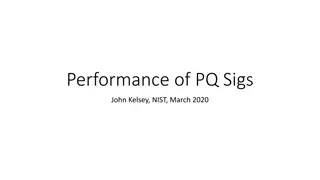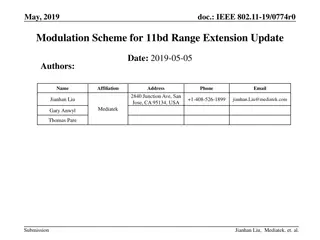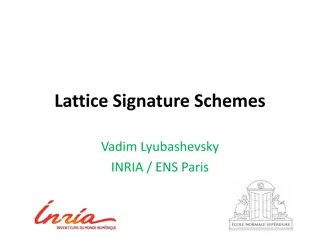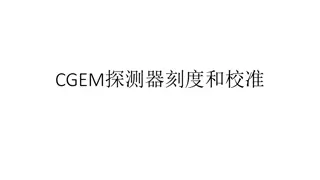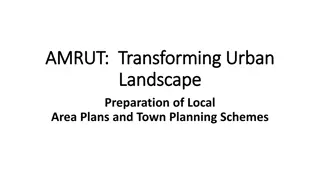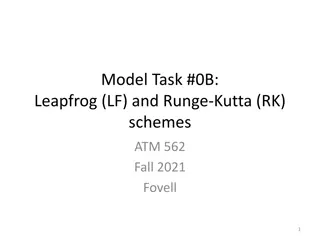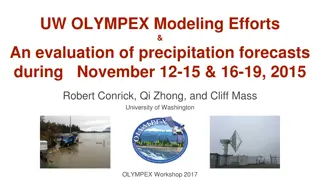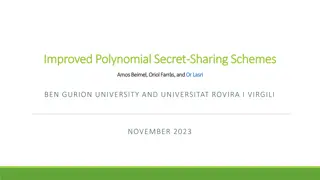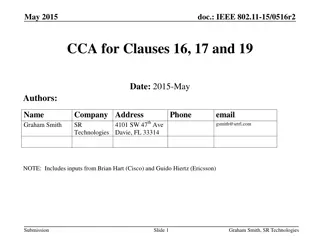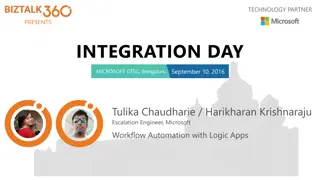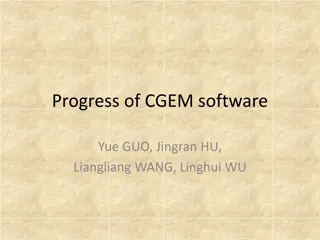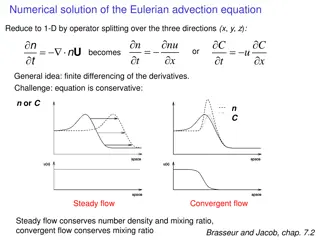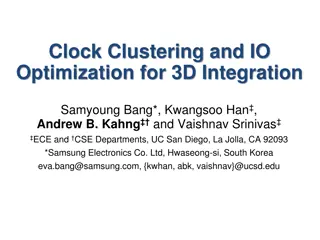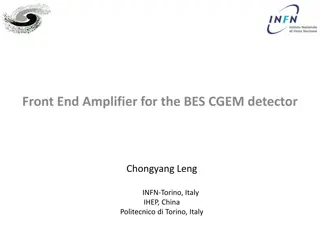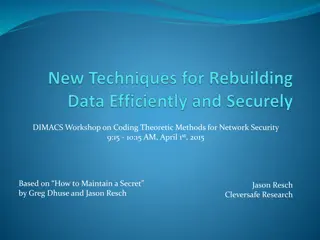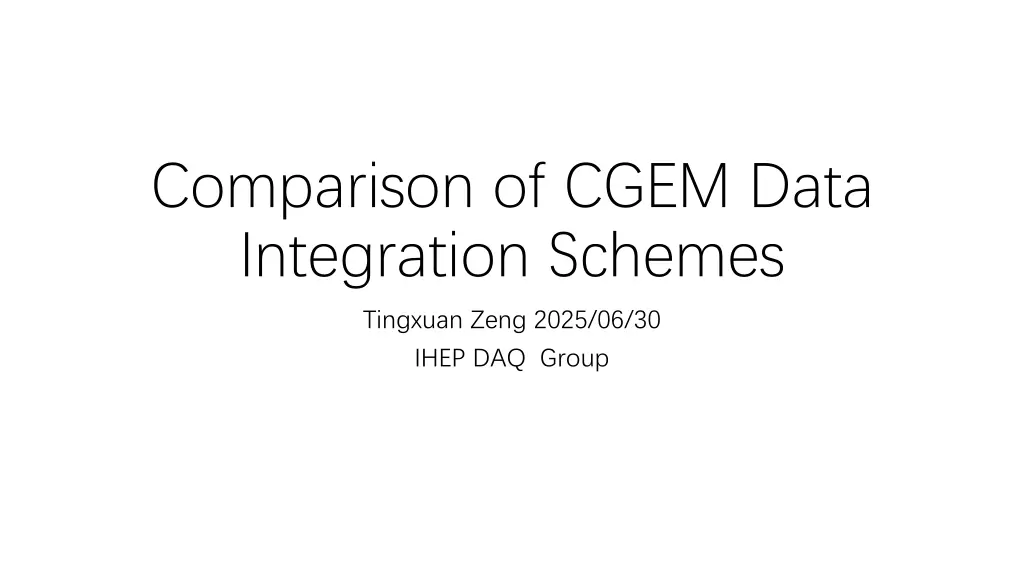
Comparison of Data Integration Schemes
"Explore different data integration options for CGEM data, including real-time processing, file reading, VME-DC board integration, and GEMROCs. Evaluate development effort, performance, and maintainability to make informed choices." (299 characters)
Uploaded on | 1 Views
Download Presentation

Please find below an Image/Link to download the presentation.
The content on the website is provided AS IS for your information and personal use only. It may not be sold, licensed, or shared on other websites without obtaining consent from the author. If you encounter any issues during the download, it is possible that the publisher has removed the file from their server.
You are allowed to download the files provided on this website for personal or commercial use, subject to the condition that they are used lawfully. All files are the property of their respective owners.
The content on the website is provided AS IS for your information and personal use only. It may not be sold, licensed, or shared on other websites without obtaining consent from the author.
E N D
Presentation Transcript
Comparison of CGEM Data Integration Schemes Tingxuan Zeng 2025/06/30 IHEP DAQ Group
Background Background CGEM data is currently stored separately and merged offline. With improved system stability and higher analysis demands, more efficient integration methods are needed. This report compares three options and offers recommendations.
Option 1: DAQ Readout Module Receives Option 1: DAQ Readout Module Receives CGEM Data in Real Time from GUFI CGEM Data in Real Time from GUFI Pros Data integration is completed at the readout stage Simplifies backend processing and enables unified handling GUFI handles the hardware configuration, save commissioning time Cons Needs GUFI developers to add a real-time data sending module
Option 2: DAQ Reads Files Stored by GUFI Option 2: DAQ Reads Files Stored by GUFI Pros Same as Option 1 Cons Synchronization between concurrent file read and write operations must be ensured.
Option 3: DAQ Reads Data from VME Option 3: DAQ Reads Data from VME- -DC Board Board DC Pros A VME-based readout program has already been developed. Easy to maintain, with good real-time performance Cons The debugging efficiency of the DC board is low, and interrupt issues still need to be resolved. The hardware configuration program needs to be re-integrated and commissioned.
Option 4: DAQ Reads Data from GEMROCs Option 4: DAQ Reads Data from GEMROCs Pros Easy to maintain, with good real-time performance Cons The hardware configuration program needs to be re-integrated and commissioned. An UDP data acquisition program requires to developed and commissioned together with the hardware team.
Options Comparison Table Options Comparison Table Options 1 read from GUFI 2 Read from file 3 read from VME-DC 4 read from GEMROCs Development Effort moderate moderate significant significant Real-time Performance good has Latency good good good good good good Maintainability

